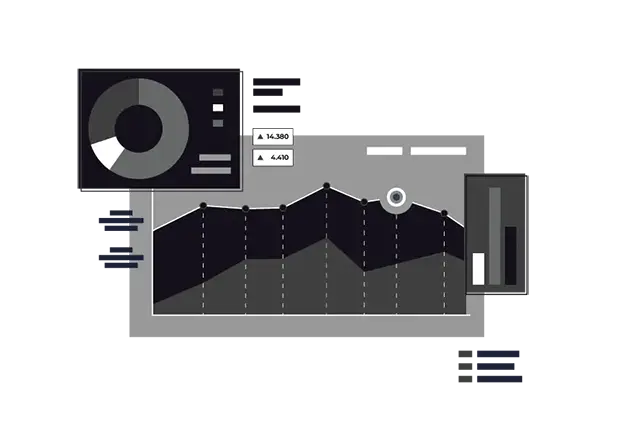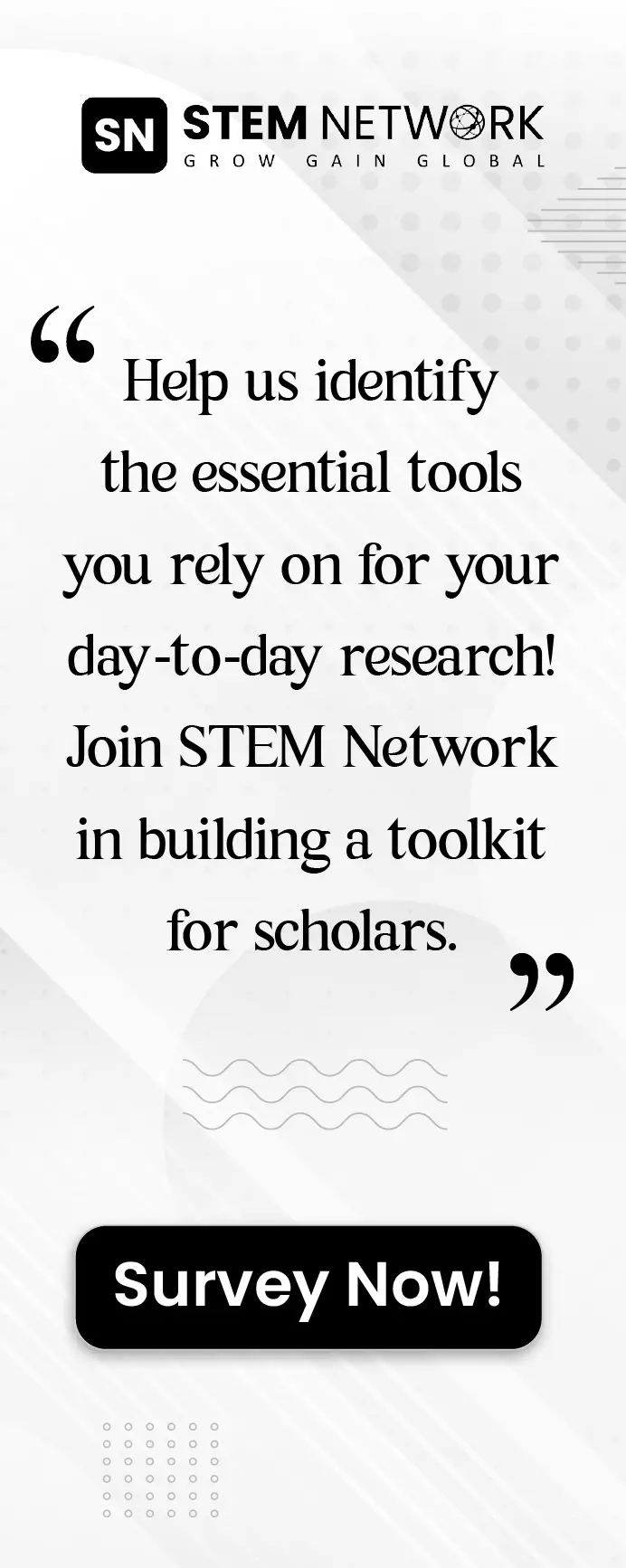

SAS
SAS (Statistical Analysis System) is a leading software suite for advanced analytics, business intelligence, data management, and predictive analytics. Developed by SAS Institute, SAS provides a comprehensive platform for data analysis, statistical modeling, and decision support, widely used by businesses, governments, and academic institutions worldwide. Known for its robust analytical capabilities, SAS helps organizations make data-driven decisions, improve operational efficiency, and gain insights into complex data.
SAS
SAS (Statistical Analysis System) is a leading software suite for advanced analytics, business intelligence, data management, and predictive analytics. Developed by SAS Institute, SAS provides a comprehensive platform for data analysis, statistical modeling, and decision support, widely used by businesses, governments, and academic institutions worldwide. Known for its robust analytical capabilities, SAS helps organizations make data-driven decisions, improve operational efficiency, and gain insights into complex data.
Mission and Vision
SAS's mission is to empower users with advanced analytics and data management solutions that drive innovation, enhance decision-making, and solve complex problems. SAS aims to provide tools that enable organizations to unlock the full potential of their data, turning raw information into actionable insights.
The vision of SAS is to be the world's leading provider of analytics solutions, continually pushing the boundaries of what is possible in data science, machine learning, and artificial intelligence. SAS is committed to fostering a culture of innovation, delivering cutting-edge technology that transforms data into knowledge and drives positive change.
Key Features and Capabilities
SAS offers a wide range of features that support data analysis, statistical modeling, and business intelligence:
 Comprehensive Statistical Analysis: SAS provides a broad array of statistical procedures for data analysis, including regression, ANOVA, multivariate analysis, time series analysis, and survival analysis. These tools enable users to perform complex statistical tests and model data accurately.
Comprehensive Statistical Analysis: SAS provides a broad array of statistical procedures for data analysis, including regression, ANOVA, multivariate analysis, time series analysis, and survival analysis. These tools enable users to perform complex statistical tests and model data accurately. Data Management and Integration: SAS excels in data management, offering powerful tools for data cleaning, transformation, and integration. Users can manage large datasets, merge data from different sources, and create data pipelines that streamline the analysis process.
Data Management and Integration: SAS excels in data management, offering powerful tools for data cleaning, transformation, and integration. Users can manage large datasets, merge data from different sources, and create data pipelines that streamline the analysis process. Advanced Predictive Analytics: SAS includes predictive analytics capabilities that support decision trees, neural networks, logistic regression, and other advanced modeling techniques. These tools help users build predictive models that forecast outcomes, assess risks, and identify opportunities.
Advanced Predictive Analytics: SAS includes predictive analytics capabilities that support decision trees, neural networks, logistic regression, and other advanced modeling techniques. These tools help users build predictive models that forecast outcomes, assess risks, and identify opportunities. Business Intelligence and Reporting: SAS provides business intelligence tools that enable users to create interactive dashboards, generate reports, and visualize data trends. Its data visualization capabilities help organizations communicate insights effectively and make data-driven decisions.
Business Intelligence and Reporting: SAS provides business intelligence tools that enable users to create interactive dashboards, generate reports, and visualize data trends. Its data visualization capabilities help organizations communicate insights effectively and make data-driven decisions. Machine Learning and AI Integration: SAS integrates machine learning and AI technologies, offering algorithms for classification, clustering, natural language processing, and deep learning. SAS's AI capabilities are designed to handle large-scale data and complex analytical tasks.
Machine Learning and AI Integration: SAS integrates machine learning and AI technologies, offering algorithms for classification, clustering, natural language processing, and deep learning. SAS's AI capabilities are designed to handle large-scale data and complex analytical tasks. Data Mining and Text Analytics: SAS's data mining and text analytics tools allow users to extract valuable information from structured and unstructured data. These capabilities are used for sentiment analysis, market research, fraud detection, and other applications that require detailed data examination.
Data Mining and Text Analytics: SAS's data mining and text analytics tools allow users to extract valuable information from structured and unstructured data. These capabilities are used for sentiment analysis, market research, fraud detection, and other applications that require detailed data examination. Scalable and High-Performance Computing: SAS is designed to handle large volumes of data and complex calculations, making it suitable for high-performance computing environments. Its scalability allows organizations to analyze big data and perform computations on distributed systems.
Scalable and High-Performance Computing: SAS is designed to handle large volumes of data and complex calculations, making it suitable for high-performance computing environments. Its scalability allows organizations to analyze big data and perform computations on distributed systems. Scripting and Automation: SAS supports scripting and automation through its programming language, which allows users to write custom code, automate workflows, and extend the functionality of SAS procedures. This flexibility enhances productivity and allows users to tailor analyses to specific needs.
Scripting and Automation: SAS supports scripting and automation through its programming language, which allows users to write custom code, automate workflows, and extend the functionality of SAS procedures. This flexibility enhances productivity and allows users to tailor analyses to specific needs. Governance and Security: SAS provides robust data governance and security features that ensure the integrity and confidentiality of data. Its compliance tools help organizations meet regulatory requirements, manage data access, and protect sensitive information.
Governance and Security: SAS provides robust data governance and security features that ensure the integrity and confidentiality of data. Its compliance tools help organizations meet regulatory requirements, manage data access, and protect sensitive information. Integration with Other Tools and Platforms: SAS integrates with other software and platforms, including R, Python, SQL, and cloud services. This interoperability allows users to leverage SAS's advanced analytics within broader data ecosystems, enhancing analytical capabilities.
Integration with Other Tools and Platforms: SAS integrates with other software and platforms, including R, Python, SQL, and cloud services. This interoperability allows users to leverage SAS's advanced analytics within broader data ecosystems, enhancing analytical capabilities.
Applications and Use Cases
SAS is used across various industries and fields, supporting data analysis, decision-making, and research:
 Financial Services: SAS is widely used in finance for risk management, fraud detection, and regulatory compliance. Banks and financial institutions use SAS to analyze market trends, assess credit risk, and optimize investment strategies.
Financial Services: SAS is widely used in finance for risk management, fraud detection, and regulatory compliance. Banks and financial institutions use SAS to analyze market trends, assess credit risk, and optimize investment strategies. Healthcare and Life Sciences: In healthcare, SAS supports clinical trial analysis, patient data management, and predictive modeling for disease prevention. SAS's analytics help healthcare providers improve patient outcomes, optimize treatment plans, and enhance operational efficiency.
Healthcare and Life Sciences: In healthcare, SAS supports clinical trial analysis, patient data management, and predictive modeling for disease prevention. SAS's analytics help healthcare providers improve patient outcomes, optimize treatment plans, and enhance operational efficiency. Retail and Consumer Goods: SAS is used in retail for customer segmentation, demand forecasting, and inventory management. Retailers leverage SAS to understand consumer behavior, personalize marketing efforts, and improve supply chain operations.
Retail and Consumer Goods: SAS is used in retail for customer segmentation, demand forecasting, and inventory management. Retailers leverage SAS to understand consumer behavior, personalize marketing efforts, and improve supply chain operations. Government and Public Sector: Government agencies use SAS for policy analysis, program evaluation, and resource allocation. SAS's data management and analytics capabilities help policymakers make informed decisions that impact public services and welfare.
Government and Public Sector: Government agencies use SAS for policy analysis, program evaluation, and resource allocation. SAS's data management and analytics capabilities help policymakers make informed decisions that impact public services and welfare. Manufacturing and Supply Chain: SAS is used in manufacturing for quality control, predictive maintenance, and supply chain optimization. Its analytics help manufacturers reduce downtime, improve product quality, and enhance production efficiency.
Manufacturing and Supply Chain: SAS is used in manufacturing for quality control, predictive maintenance, and supply chain optimization. Its analytics help manufacturers reduce downtime, improve product quality, and enhance production efficiency. Education and Research: SAS is used in academic research for statistical analysis, data modeling, and predictive analytics. Universities and research institutions use SAS to teach data analysis methods and conduct advanced research projects.
Education and Research: SAS is used in academic research for statistical analysis, data modeling, and predictive analytics. Universities and research institutions use SAS to teach data analysis methods and conduct advanced research projects.
Benefits of Using SAS
SAS offers numerous advantages that make it a leading tool for data analysis and business intelligence:
 Robust Analytical Capabilities: SAS provides a comprehensive set of statistical and analytical tools that meet the needs of a wide range of applications. Its advanced modeling capabilities enable users to perform complex analyses with confidence.
Robust Analytical Capabilities: SAS provides a comprehensive set of statistical and analytical tools that meet the needs of a wide range of applications. Its advanced modeling capabilities enable users to perform complex analyses with confidence. Scalable and High Performance: SAS's architecture supports high-performance computing, allowing organizations to analyze large datasets and perform intensive calculations quickly. Its scalability ensures that SAS can grow with the needs of the organization.
Scalable and High Performance: SAS's architecture supports high-performance computing, allowing organizations to analyze large datasets and perform intensive calculations quickly. Its scalability ensures that SAS can grow with the needs of the organization. Reliable and Trusted: SAS is known for its accuracy, reliability, and adherence to industry standards. It is widely trusted by professionals for its ability to produce reliable results that inform critical decisions.
Reliable and Trusted: SAS is known for its accuracy, reliability, and adherence to industry standards. It is widely trusted by professionals for its ability to produce reliable results that inform critical decisions. Customizable and Extensible: SAS's scripting language allows users to customize procedures, automate tasks, and create tailored solutions that meet specific analytical needs. This flexibility enhances the usability and effectiveness of the software.
Customizable and Extensible: SAS's scripting language allows users to customize procedures, automate tasks, and create tailored solutions that meet specific analytical needs. This flexibility enhances the usability and effectiveness of the software. Integration and Interoperability: SAS's ability to integrate with other data analysis tools, programming languages, and cloud platforms enhances its versatility. Users can combine SAS's capabilities with other technologies to create comprehensive analytical workflows.
Integration and Interoperability: SAS's ability to integrate with other data analysis tools, programming languages, and cloud platforms enhances its versatility. Users can combine SAS's capabilities with other technologies to create comprehensive analytical workflows. Extensive Support and Training: SAS offers extensive support resources, including documentation, training courses, and user communities. These resources help users learn new skills, troubleshoot issues, and stay updated on the latest developments.
Extensive Support and Training: SAS offers extensive support resources, including documentation, training courses, and user communities. These resources help users learn new skills, troubleshoot issues, and stay updated on the latest developments. Data Security and Compliance: SAS's data governance and security features ensure that data is handled responsibly, meeting compliance requirements and protecting sensitive information. This is crucial for industries that operate under strict regulatory standards.
Data Security and Compliance: SAS's data governance and security features ensure that data is handled responsibly, meeting compliance requirements and protecting sensitive information. This is crucial for industries that operate under strict regulatory standards.
Promoting Collaboration and Data Sharing
SAS promotes collaboration through its business intelligence tools and reporting features, enabling teams to share insights and make decisions collectively. Users can create interactive reports, dashboards, and visualizations that facilitate communication and support collaborative analysis.
Impact on Industry, Research, and Policy
SAS's impact spans multiple domains, driving innovation, improving efficiency, and supporting evidence-based decision-making.
 Driving Business Innovation: SAS helps businesses leverage data to gain competitive insights, optimize operations, and innovate products and services. Its analytics enable companies to respond quickly to market changes and make strategic decisions with confidence.
Driving Business Innovation: SAS helps businesses leverage data to gain competitive insights, optimize operations, and innovate products and services. Its analytics enable companies to respond quickly to market changes and make strategic decisions with confidence. Supporting Scientific Research: In research, SAS provides reliable tools for data analysis, helping scientists explore complex datasets, test hypotheses, and publish findings. Its advanced statistical capabilities support high-quality research across disciplines.
Supporting Scientific Research: In research, SAS provides reliable tools for data analysis, helping scientists explore complex datasets, test hypotheses, and publish findings. Its advanced statistical capabilities support high-quality research across disciplines. Enhancing Public Policy: SAS's analytics support government agencies in making informed policy decisions, evaluating public programs, and managing resources effectively. Its ability to handle large-scale data helps policymakers address societal challenges with data-driven solutions.
Enhancing Public Policy: SAS's analytics support government agencies in making informed policy decisions, evaluating public programs, and managing resources effectively. Its ability to handle large-scale data helps policymakers address societal challenges with data-driven solutions.
Conclusion
SAS stands as a leading platform for advanced analytics, data management, and business intelligence. Its comprehensive features, scalability, and robust analytical capabilities make it an essential tool for organizations seeking to harness the power of data. By providing reliable, high-performance solutions that support decision-making, SAS empowers users to transform data into actionable insights, driving positive outcomes across industries and society. As data continues to grow in importance, SAS remains at the forefront of analytics, guiding organizations toward a data-driven future.
Resource Library
Partnered Content Networks
© 2024 STEM Network. All rights reserved.





























